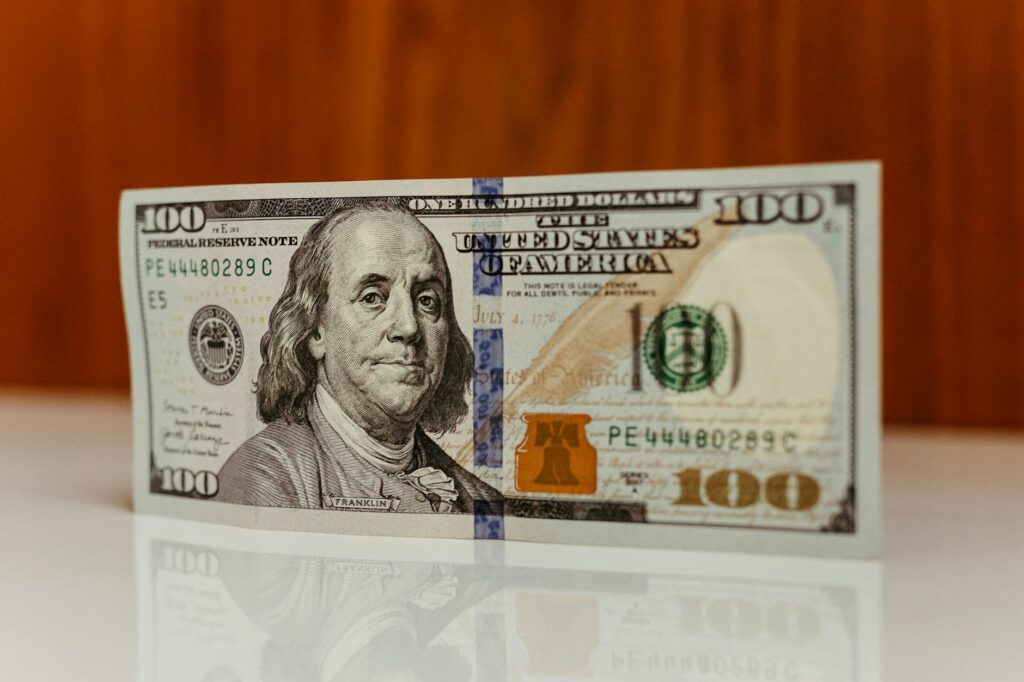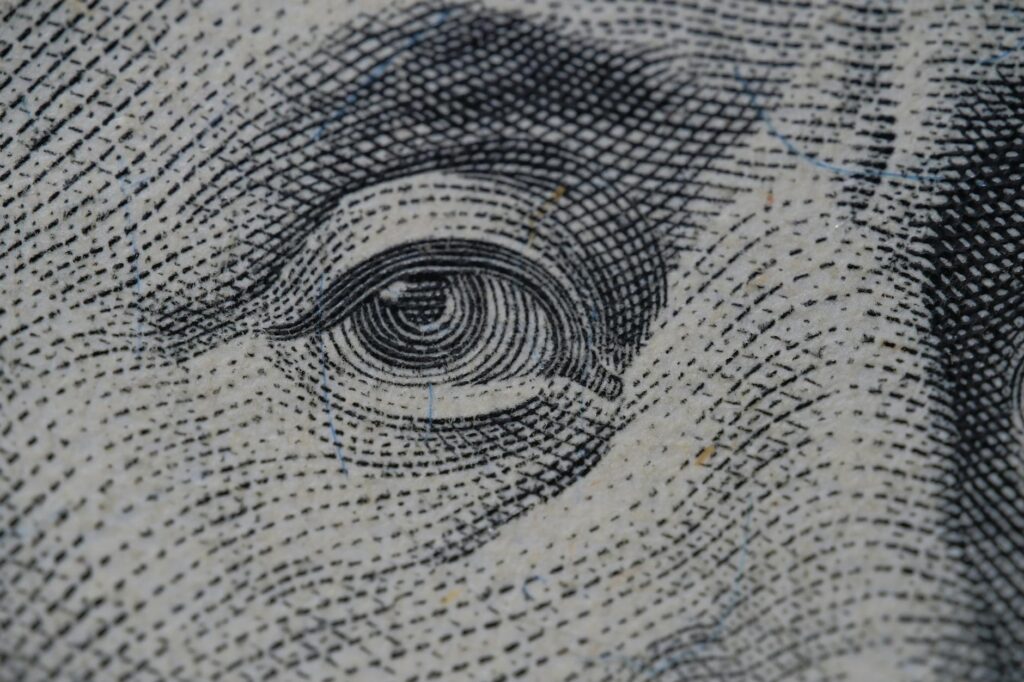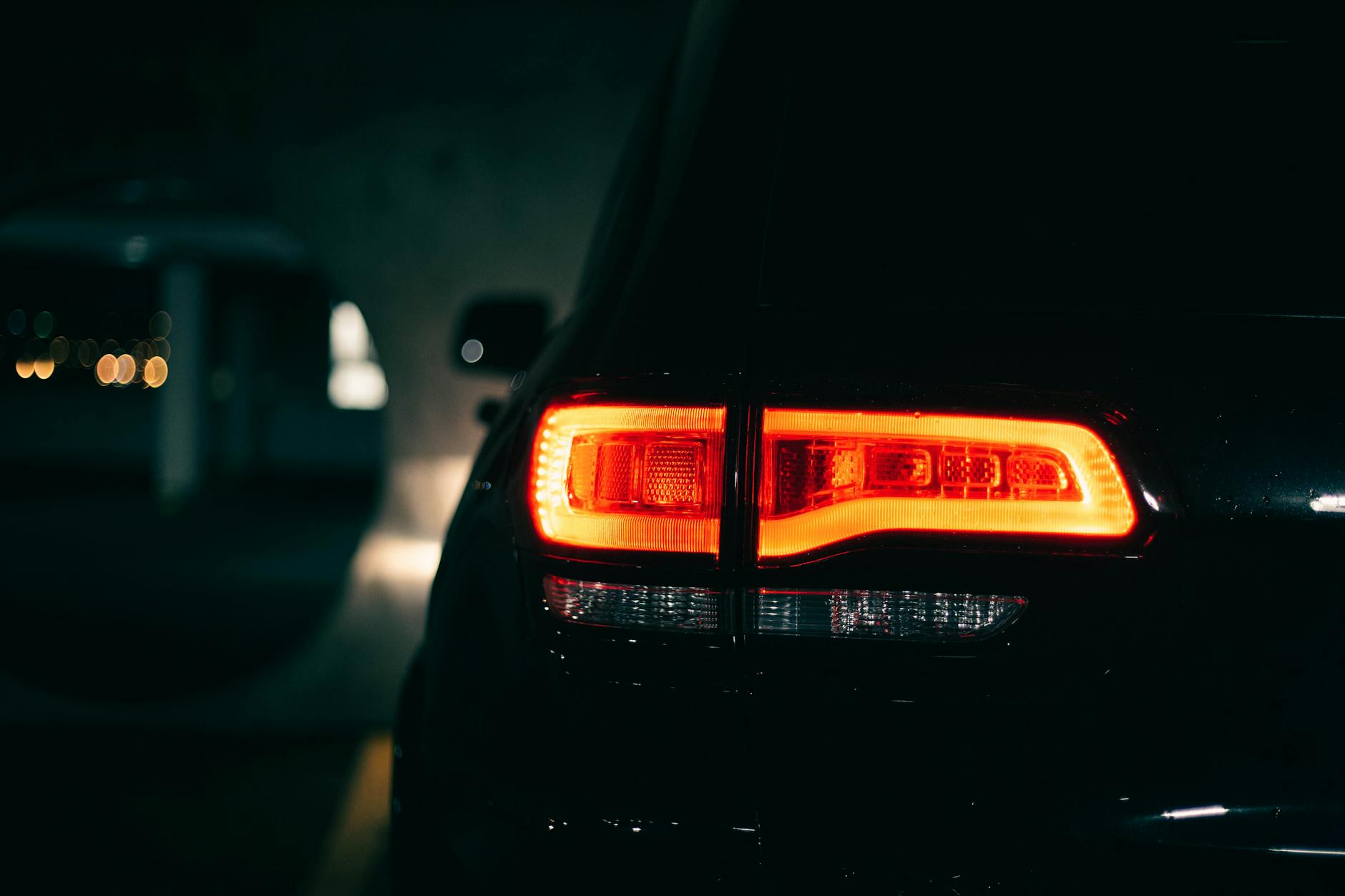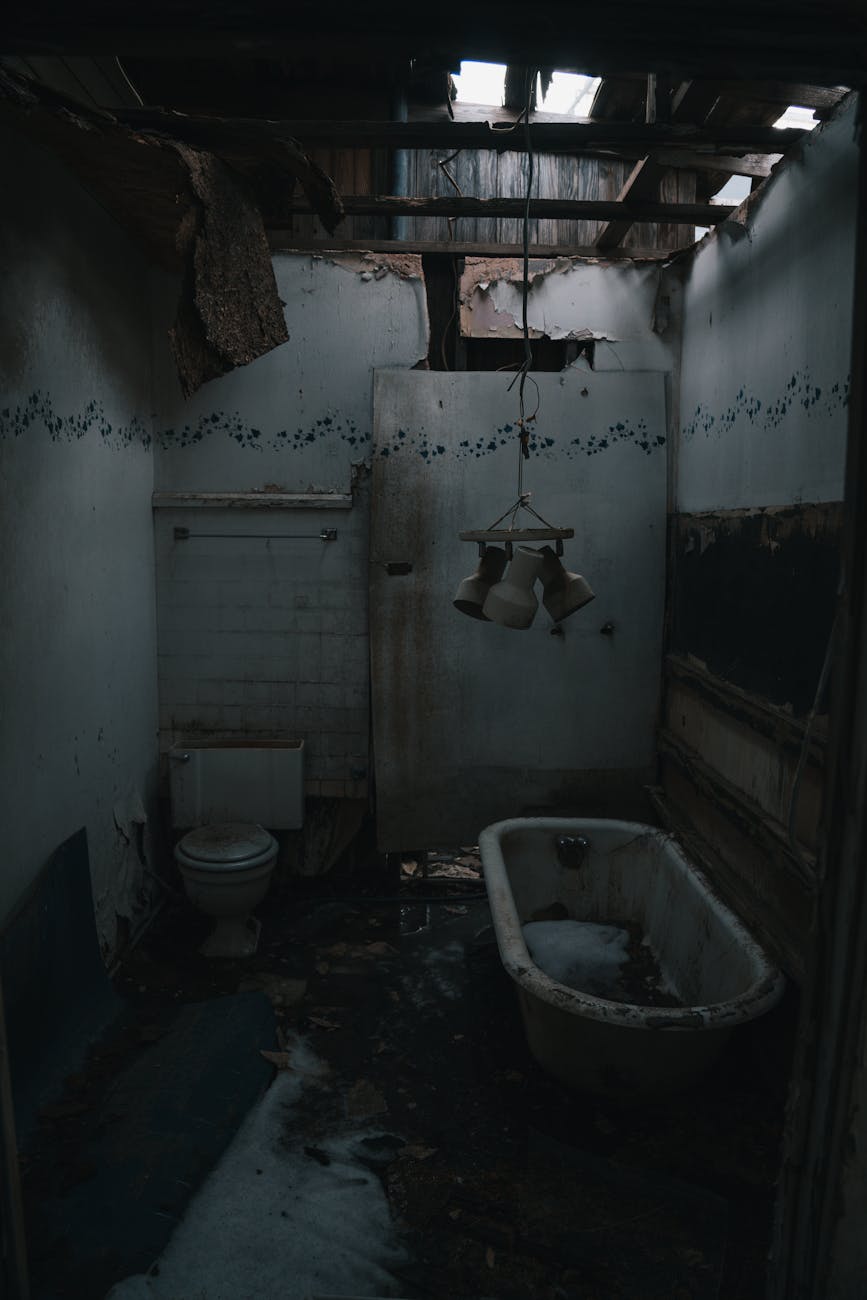In an era where sustainability meets technological advancements, LED lights have emerged as a beacon of hope for both the environment and our wallets. With their promise of lower energy consumption and longer life spans, the question naturally arises: Are LEDs worth the upfront cost? Let’s break it down, illuminating the financial benefits and considerations of switching to LED lighting.
Understanding LED Technology
Before delving into the financial aspects, it’s crucial to understand what sets LED lights apart. Unlike traditional incandescents, LEDs (Light Emitting Diodes) convert electricity directly into light, which makes them more efficient and longer-lasting. 
The Initial Cost of LEDs
Initially, LEDs come at a higher purchase price compared to traditional light bulbs. However, considering their longevity and energy efficiency, this cost can be misleading. 
Longevity and Durability
LEDs boast a significantly longer lifespan than their incandescent and fluorescent counterparts. This means fewer replacements and, consequently, savings in the long run.
Energy Efficiency
One of the strongest arguments for LED lighting is its energy efficiency. LEDs use up to 75% less energy than incandescent lights, leading to substantial savings on utility bills.
Heat Emission
Unlike traditional bulbs, LEDs emit very little heat. This not only reduces the risk of accidents but can also lower cooling costs during warmer months.
Environmental Impact
LEDs are not only beneficial for your budget but also for the environment. Their lower energy consumption and long life contribute to reduced greenhouse gas emissions and less waste. 
Rebates and Incentives
Many governments and utility companies offer rebates and incentives for switching to LED lighting, which can help offset the initial cost. Learn more about available rebates.
Comparative Savings Over Time
When comparing LEDs with traditional bulbs over an extended period, the savings become increasingly apparent. Here’s a detailed comparison.
Quality of Light
LEDs offer a variety of color temperatures and brightness levels, allowing for customization and enhanced ambiance in any setting.
Dimming Capabilities
Many LED lights are dimmable, offering further energy savings and extending the life of the bulb.
Smart Features
Advancements in technology have equipped LEDs with smart features like remote control operation, motion detection, and the ability to integrate with home automation systems.
Impact on Productivity and Health
Studies have shown that the quality of light affects productivity and health. LEDs can mimic natural light, which has positive effects on both.
The Break-even Point
Despite the higher upfront cost, the break-even point at which LEDs become more cost-effective than traditional lighting is often reached within a couple of years.
Market Trends and the Future of LED Lighting
With continuous improvements and decreasing costs, the future of LED lighting looks bright. The market is steadily moving towards LED adoption as the standard. Discover more about market trends.
Choosing the Right LED Products
With a myriad of options available, selecting the right LED products is crucial. Consider factors such as color temperature, lumens, and compatibility with existing fixtures.
Installation Considerations
While some LEDs are designed for easy retrofitting, others may require professional installation. This is especially true for sophisticated lighting systems or when upgrading from very old systems.
Final Thoughts on LEDs vs. Traditional Lighting
When all factors are considered, LEDs offer unparalleled advantages over traditional lighting solutions. The initial higher cost is quickly offset by long-term savings, efficiency, and environmental benefits.
Conclusion
The transition to LED lighting represents not just a smart financial decision but also a step towards a more sustainable and efficient future. Considering the multitude of advantages LEDs offer, the upfront cost is indeed a worthwhile investment.
Frequently Asked Questions
How long do LED lights really last? LED lights can last up to 25 times longer than incandescent bulbs, with many models offering 25,000 to 50,000 hours of light.
Are LED lights harmful? LEDs are considered safe and can provide health benefits by mimicking natural light. However, like all light sources, direct exposure to very bright LEDs should be avoided.
Can LEDs be used in all fixtures? Most modern LED bulbs are designed to fit standard fixtures, but it’s important to check compatibility, especially for dimming functions or special fittings.
Do LEDs really save money? Yes, through reduced energy consumption and less frequent replacements, LEDs can offer significant savings over time.
Are there any disadvantages to LED lighting? The primary disadvantage is the higher initial cost, but this is quickly recouped through savings. Some people also prefer the warmth of incandescent bulbs for certain applications.





